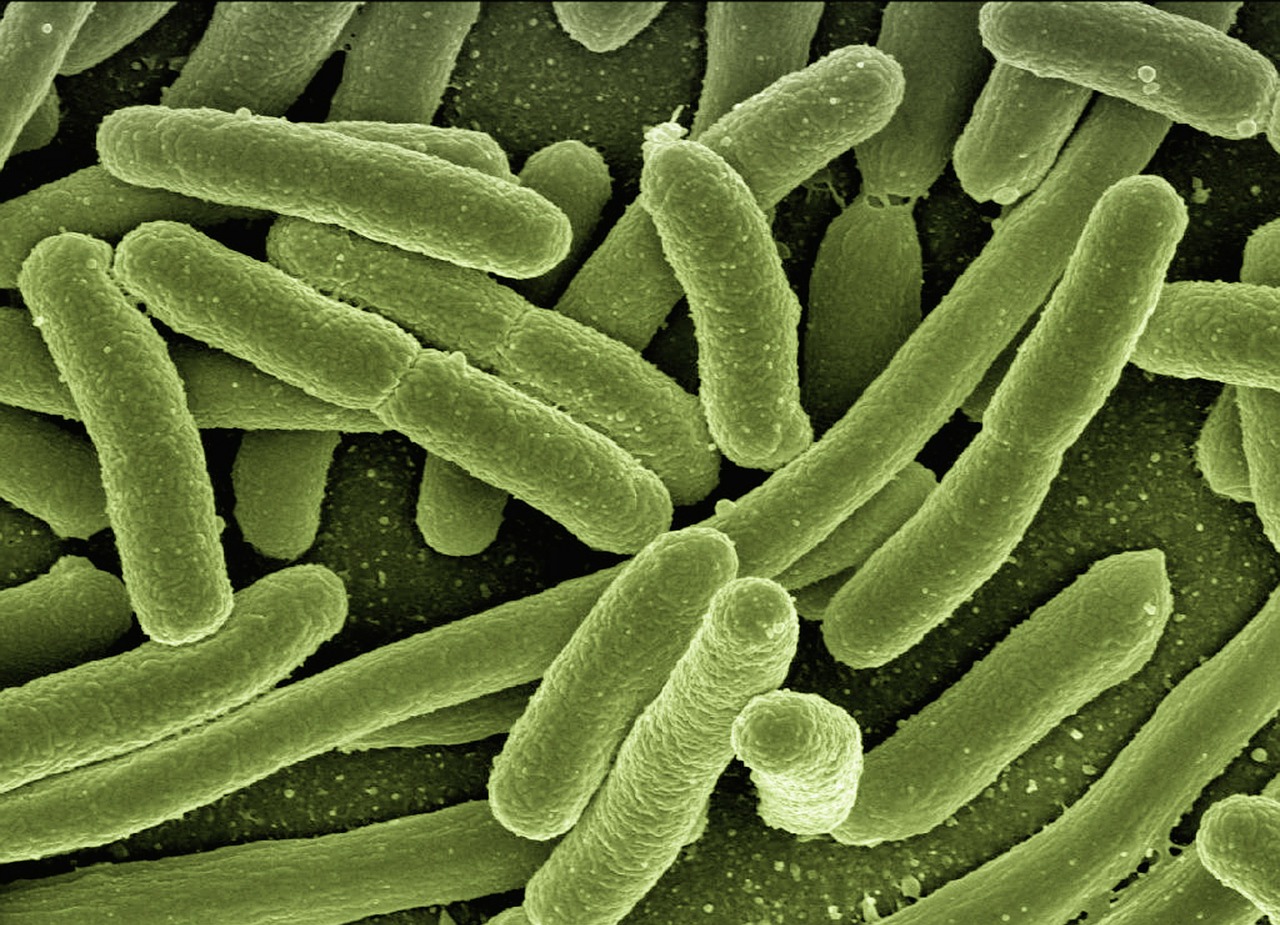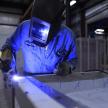
23rd
Pseudomonas aeruginosa and the Water Quality Management Plan - it's not just about Legionella.
by Sarah Bailey MSc PGDip Med Myc
Principal Consultant
Although most legislation and advice concentrates on the production of a Water Quality Management Plan (WQRMP) for just Legionella, Pseudomonas aeruginosa could be responsible for a much higher burden of disease, and should always be included in a risk management plan1.
What is Pseudomonas aeruginosa?
P. aeruginosa is a Gram-negative bacterium, that can live in potable water and other damp areas such as drains and damp cloths. They can thrive in water with low levels of nutrients and are commonly found in the hospital environment – even in disinfectant solutions.
It can cause a variety of infections from bloodstream infections, otitis media and externa, conjunctivitis, soft tissue infections and may others. It is a particular issue for burns patients, patients with impaired immune systems, Bone Marrow Transplant and cystic fibrosis patients 2.
Why is it important to control Pseudomonas aeruginosa?
P. aeruginosa is an important cause of morbidity and mortality in the hospital setting. Infections can also be very hard to treat as the number of effective antibiotics are limited. Treatments can often have to be intravenous, and can increase the length of stay considerably. Controlling pseudomonas in water on one ward saved one hospital $22, 772 on meropenem alone in a year 3.
P. aeruginosa also produces a sticky polysaccharide or sugary matrix from the cells, which allows it to stick to and establish a biofilm on taps, outlets and equipment. This helps to make it very resistant to chlorine and other disinfectants and cleaning methods, and allows it to spread along tap outlets and in drains.
Where is Pseudomonas aeruginosa found?
P. aeruginosa is found in a large variety of environments in the hospital such as tap fittings, showers, spa baths, swimming pools, cleaning cloths & mops, standing water, sinks and drains.
It is nearly always present in the drains of sinks and this can be an important source in contamination of sinks and hands from the drain, usually due to inadequate cleaning methods where the basin of the sink is cleaned before the outlet.
In a tap fitting, pseudomonas is usually found in the tap itself and the pipework immediately behind the tap, and not usually colonising the water supply in the hospital system pipework.
Studies in the UK after an outbreak in Belfast have shown that the more complex the internal structure of the tapware, the more likely the outlet will be colonised with Pseudomonas aeruginosa4. Sensor taps can be particularly complex and prone to colonisation.
It can also survive in disinfectant solutions if these are not changed regularly, and use of colonised solutions can contaminate large areas of surfaces with P. aeruginosa if they are used for cleaning.
Risk management plans
Adding Pseudomonas aeruginosa to the WQRMP is essential in any healthcare facility if risk is to be properly managed.
Input from all relevant parties such as clinical, facility and cleaning staff should be sought so that a holistic plan that is achievable can be produced.
Training should also be available to staff, especially cleaning staff so that the requirements of the management plan can be achieved.
Controlling Pseudomonas aeruginosa
Control of pseudomonas should be included in any water management plan produced for a hospital or aged care home.
Control of pseudomonas can be complex, and training and knowledge is the key. Some points to consider are:
- Proper written cleaning protocols and training on how to use those methods, with regular review. Most tapware becomes contaminated from the drains of the sinks during cleaning. Used disinfectant solutions should always be disposed of promptly after use and cloths dried.
- Clinical handbasins should be only used for handwashing, and taps should not discharge directly into the drain to prevent splashing. Patient notes should be placed away from the sink when handwashing.
- Soaps and moisturisers should be placed slightly away from the sink to prevent spilled product acting as a source of nutrients for bacterial growth, and to prevent products becoming contaminated.
- Clinical basins should not be used to dispose of drugs or clinical waste – this can act as a source of nutrients for bacterial growth, and can increase biofilm presence. It can also increase antibiotic resistance in bacterial strains.
- As drains are the most common source of contamination, cleaning of drains in units holding more vulnerable patients may need to be undertaken.
- When fitting out a new unit, taps and basins should be chosen that are easy to clean and will not become contaminated, for example taps with removable autoclavable heads, and sinks with offset drains.
- Individual point of use filters on outlets could be considered for those in very vulnerable groups.
Further information
Excellent advice and background can be obtained from a consultant specialising in hospital water quality, and from the UK Health Departments “HTM 04-01 Part C: Pseudomonas aeruginosa – advice for augmented care units”. This contains advice on management for patients who are immunosuppressed, transplant patients, critical and intensive care units and patients whose dermal integrity is breached 2.
The published report on the investigation in to the deaths of several babies in a Belfast hospital due to Pseudomonas aeruginosa also has plentiful information on issues to consider when controlling this organism 4.
References
1. Bedard E, Prevost M, Deziel E (2016) Pseudomonas aeruginosa in premise plumbing of large buildings. Microbiology Open 2016 5:937-956
2. Department of Health UK (2016) Health Technical Memorandum 04-01: Safe water in healthcare premises. Part C: Pseudomonas aeruginosa – advice for augmented care units.
3. St Georges Hospital (2010) Loveday, C; Decker, V and Newton, S. Point of use filters: costly or effective?
4 Health Protection Agency UK (2012) Investigation of Pseudomonas aeruginosa on biofilms in water tap assemblies from neonatal units in Northern Ireland. Dr Jimmy Walker et al.
Categories
Recent Posts
Trichloramine and Indoor Air Quality in Swimming Pools
05th Nov
For swimmers and pool workers alike, the characteristic "chlorine smell" at indoor swimming pools is part of the experience. Howev...
Indoor Air Quality Takes Centre Stage: A New Government Report on Airborne Virus Transmission
30th Sep
The importance of Indoor Air Quality (IAQ) has gained significant attention following the release of a groundbreaking report from Australia‚...
Changes to the workplace exposure standard for welding fumes
15th Mar
On January 18, 2024, SafeWork Australia made a significant adjustment to the Workplace Exposure Standard (WES) for Welding Fume (not otherwi...

















